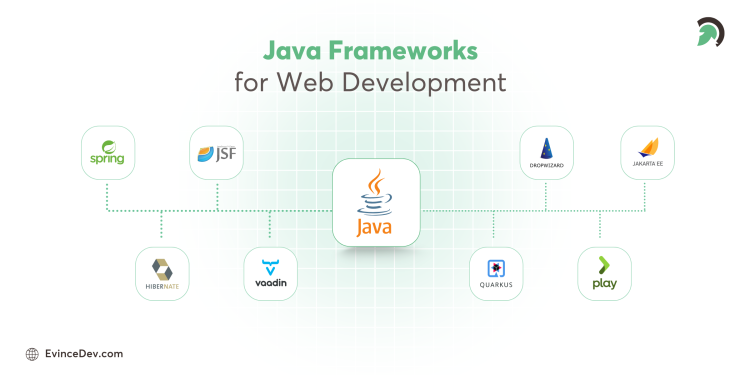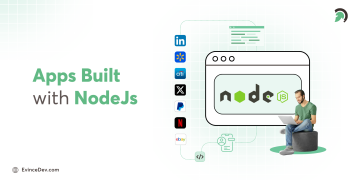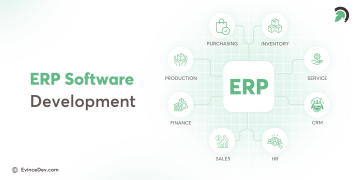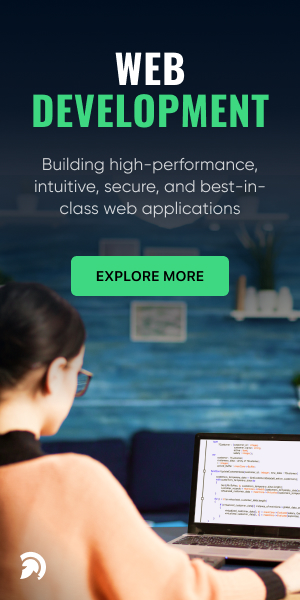Java has stood the test of time as one of the most reliable programming languages, particularly for building robust and scalable web applications and backend systems. Whether you’re building enterprise-grade systems or lightweight applications, Java frameworks offer unmatched efficiency and versatility for web development.
Why Use Java Frameworks?
Java frameworks simplify and accelerate development by providing pre-built tools, libraries, and functionalities. They reduce the need for repetitive coding, streamline database integration, and enhance application scalability and performance. Frameworks also enforce coding best practices, ensuring that applications are secure, reliable, and maintainable.
Frameworks foster community-driven development, offering robust documentation, frequent updates, and active support networks. Whether you’re building microservices, full-stack solutions, or enterprise-grade systems, Java frameworks provide a solid foundation, enabling developers to focus on solving complex problems rather than reinventing the wheel.
Let’s explore the top 10 Java frameworks you should consider in 2026.
Spring Boot
Spring Boot has emerged as one of the most popular Java frameworks for building web applications efficiently. Built on top of the Spring Framework, it simplifies the development of production-ready applications by offering auto-configuration, embedded servers, and minimal boilerplate code. Spring Boot enables rapid development of enterprise-grade and microservices-based solutions with ease.
Why choose Spring Boot?
- Accelerates web app development with pre-configured setups
- Ideal for building scalable microservices and RESTful APIs
- Backed by a strong community and rich Spring ecosystem
Hibernate
Hibernate is a leading Java framework for object-relational mapping (ORM), simplifying database interactions by mapping Java objects to database tables. It eliminates the need for extensive SQL coding, enabling developers to focus on business logic. Hibernate’s features, like caching and lazy loading, make it ideal for data-driven applications requiring efficient database operations.
Key Features of Hibernate
- Simplifies database connectivity and operations.
- Eliminates boilerplate code for database interactions.
- Works efficiently with all major databases.
JSF (JavaServer Faces)
JavaServer Faces (JSF), developed by Oracle, is a component-based framework for building user interfaces in Java-based web applications. It simplifies UI development with reusable components and tight integration with Java EE, enabling seamless back-end connectivity. JSF is ideal for enterprise projects, offering features like state management, event handling, and support for custom components, ensuring scalability and efficiency.
Why use JSF?
- Provides a library of reusable UI components.
- Simplifies UI development with a declarative approach.
- Integrates effortlessly with other Java EE technologies.
Vaadin
Vaadin is a versatile web application framework that simplifies development by enabling server-side programming for creating rich user interfaces. It is well-suited for full-stack web application development and supports seamless creation of single-page applications (SPAs). With its extensive UI components, built-in themes, and Java-based architecture, Vaadin ensures efficient, scalable, and intuitive web development.
Vaadin Highlights
- Simplifies building interactive user interfaces.
- Offers a modern, responsive, and mobile-friendly design out of the box.
- Integrates well with existing Java backends.
Dropwizard
Dropwizard is a lightweight, high-performance framework tailored to build RESTful web services with minimal setup. It combines popular Java libraries like Jetty, Jersey, and Jackson into a cohesive ecosystem. Ideal for microservices architecture, Dropwizard simplifies development with built-in support for metrics, health checks, and configuration management, enabling developers to create robust and efficient services quickly.
Features of Dropwizard
- Comprehensive support for monitoring and logging.
- Bundles popular Java libraries like Jetty, Jackson, and Metrics.
- Simplifies application deployment with a minimalistic approach.
Quarkus
Quarkus is a cutting-edge Java framework optimized for developing Kubernetes-native and cloud-native applications. Designed for containerized environments, it offers fast startup times and low memory usage, making it ideal for microservices and serverless architectures. With seamless integration of popular Java libraries, Quarkus enables developers to build high-performance, scalable applications while ensuring efficiency in modern cloud ecosystems.
Why Choose Quarkus?
- Boots up applications in milliseconds.
- Reduces memory consumption for serverless and microservices architectures.
- Perfect for Java development in cloud-native ecosystems.
Jakarta EE
Jakarta EE (formerly Java EE) is a powerful, enterprise-grade framework for building scalable and secure web applications. Managed by the Eclipse Foundation, it offers a comprehensive suite of APIs for web services, persistence, security, and messaging. Jakarta EE is ideal for organizations seeking standardization and long-term support in enterprise software development.
Why use Jakarta EE?
- Rich set of APIs for enterprise web development
- Industry-standard platform with wide adoption
- Excellent support for scalability, security, and modular architecture
Micronaut
Micronaut is a modern, JVM-based framework designed for building lightweight, modular microservices and serverless applications. Known for its fast startup time and low memory footprint, Micronaut supports ahead-of-time (AOT) compilation, which improves runtime performance. It provides excellent support for dependency injection, reactive programming, and cloud-native features.
Key Benefits of Micronaut
- Low memory usage with fast startup ideal for microservices
- Native support for AOT and serverless deployments
- Integrates easily with GraalVM and major cloud providers
Play Framework
Play is a high-productivity, reactive web framework for Java and Scala. Built on Akka, it supports asynchronous programming and follows a stateless, RESTful design ideal for scalable web applications. Play focuses on developer experience with features like hot code reloading, a powerful routing mechanism, and built-in testing support.
Why Choose Play Framework?
- Asynchronous, non-blocking I/O for high-performance apps
- Built-in tools for rapid development and testing
- Designed for scalability and reactive architecture
Spring Core
Spring Core is the foundation of the entire Spring ecosystem. It provides the essential features like dependency injection, bean lifecycle management, and inversion of control (IoC) that enable modular, maintainable, and testable applications. While often used alongside Spring Boot, Spring Core remains crucial for custom setups or deeper framework control.
Advantages of Spring Core
- Robust dependency injection and bean management
- Enables modular and decoupled architecture
- Forms the base for all other Spring ecosystem tools
Partner with EvinceDev for Your Java Development Needs
The evolution of Java frameworks has provided developers with abundant tools for building high-quality web applications. Whether you’re a part of a web development company in New York or a solo developer exploring new opportunities, these frameworks will keep you ahead of the curve in 2026.
At EvinceDev, we specialize in leveraging the full potential of Java frameworks to deliver cutting-edge web solutions tailored to your unique business needs. Our skilled Java developers bring expertise in utilizing frameworks like Spring, Hibernate, and Quarkus to create scalable, efficient, and innovative applications.
With a commitment to quality, best practices, and timely delivery, EvinceDev is the perfect partner to transform your vision into reality. Let’s collaborate to build robust, future-ready solutions that set you apart in the digital landscape.
Ready to start your next Java project? Contact Us today and experience the power of Java frameworks at their best.




